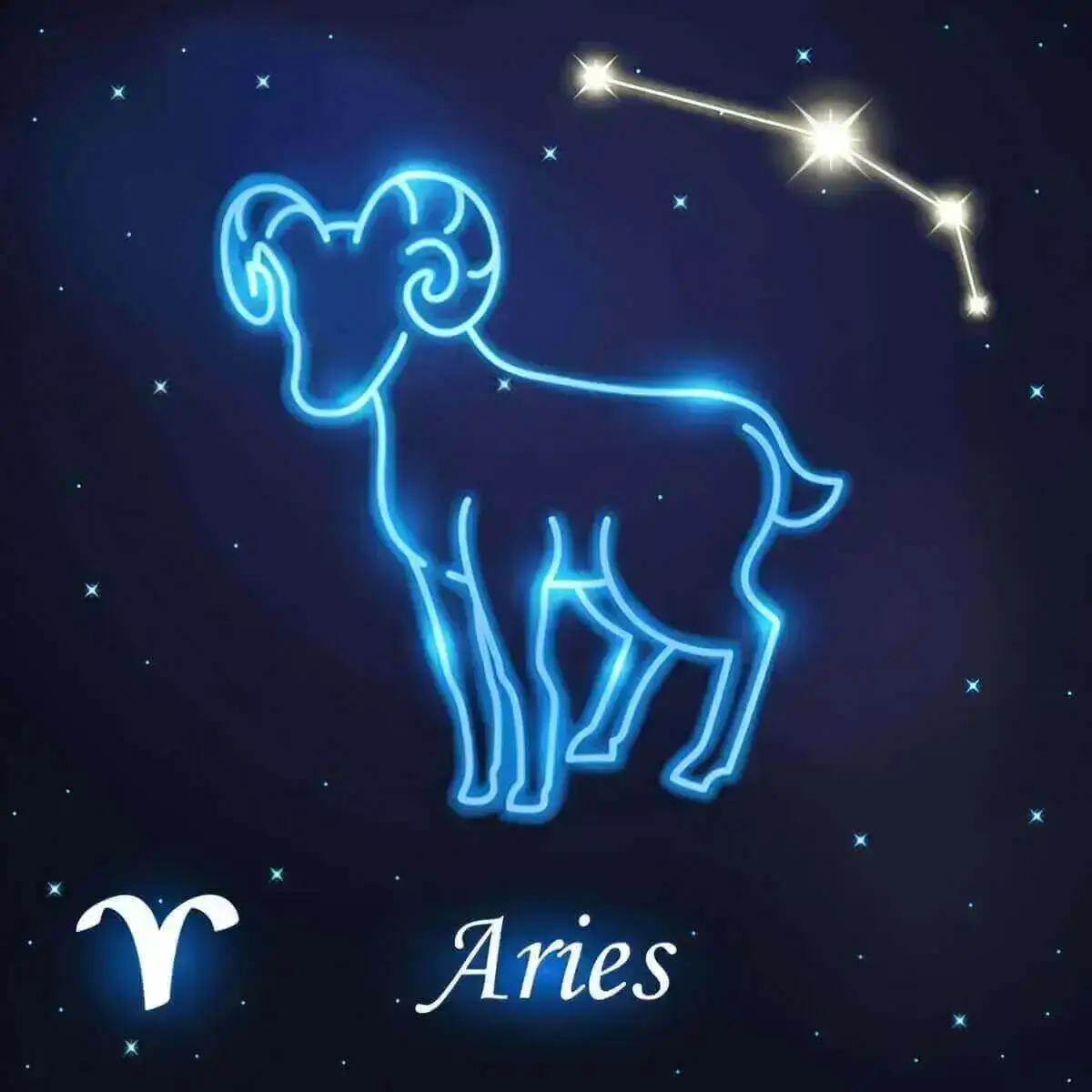what is the size of the star hamal in the aries constellation what is the size of the star sheraton?
You know how the night sky is just packed with stars? Seems like millions of them, each one different. Well, if you can spot the pattern of Aries, the Ram (it’s not super bright, but it’s distinct!), you’ll probably notice two main stars pretty quickly. Those are Hamal, which scientists call Alpha Arietis, and Sheratan, known as Beta Arietis.
Table of Contents
Sizing Up the Stars of Aries: Hamal vs. Sheratan
- Hamal (Alpha Arietis): As the alpha star, Hamal is the brightest star in Aries. Its name derives from the Arabic phrase “ras al-hamal,” meaning “head of the ram.” Located approximately 66 light-years away, it shines with an orange hue.
- Sheratan (Beta Arietis): The second brightest star in the constellation, Sheratan’s name comes from the Arabic “aš-šarāţān,” meaning “the two signs,” originally referring to a pair of stars (including nearby Gamma Arietis) that marked the vernal equinox centuries ago. It’s located about 60 light-years from Earth, making it a relatively close neighbour to Hamal in our sky.
What is the size of the star hamal?
Hamal is the clear winner when it comes to sheer physical size. Here’s why:
Stellar Type: Hamal is classified as a K2 III Ca-1 giant star. The “K2” indicates its orange colour and relatively cool surface temperature compared to our Sun (G2). The crucial part is the “III,” which signifies it’s a giant star.
Evolutionary Stage: Hamal has moved off the main sequence. This means it has exhausted the hydrogen fuel in its core and has begun fusing hydrogen in a shell around the core (or may have started helium fusion). This process causes the outer layers of the star to expand dramatically.
The Size: Because of its giant status, Hamal has swelled considerably. Its estimated radius is approximately 15 times the radius of our Sun (15 R☉). If you were to place Hamal where our Sun is, its surface would extend out well beyond the orbit of Mercury!
What is the size of the star Sheratan?
Sheratan, while still a substantial star, is in a different league compared to Hamal.
Stellar Type: Sheratan is classified as an A5 V main-sequence star. The ” A5″ tells us it’s a white star, significantly hotter and more massive than our Sun. The “V” indicates it’s on the main sequence.
Evolutionary Stage: Being on the main sequence means Sheratan is currently in the primary phase of its life, fusing hydrogen into helium in its core, just like our Sun. Stars spend the vast majority of their lives in this phase. While increasingly massive A-type stars are larger than G-type stars like our Sun, they haven’t yet undergone the significant expansion seen in giant stars.
The Size: Sheratan’s radius is estimated to be around 2.1 times the radius of our Sun (2.1 R☉). While extensively than double the Sun’s size and quite respectable, it’s significantly smaller than the bloated Hamal. Interestingly, Sheratan is also a spectroscopic binary, meaning it has a very close companion star orbiting it, though this companion doesn’t significantly impact the primary star’s visible size.
The Verdict: Size Matters, and Evolution Dictates It
So, how do they stack up?
- Hamal (Alpha Arietis): ~15 times the s radius.
- Sheratan (Beta Arietis): ~2.1 times the s radius.
Hamal is roughly 7 times larger in radius ( and vastly larger in volume) than Sheratan.
The primary reason for this dramatic difference isn’t just their initial mass ( though Sheratan is actually slightly further massive than Hamal was initially), but their evolutionary stage. Hamal has evolved into a giant, puffing up its outer layers, while Sheratan remains a relatively compact sequence star.
Conclusion
Next time you gaze towards the constellation Aries, remember that the bright orange point of Hamal represents a star that has undergone significant expansion, while the nearby white point of Sheratan shows us a star still in its prime hydrogen-burning phase. They may be neighbours in our sky, but they are worlds apart in their stellar life cycles and sizes!

